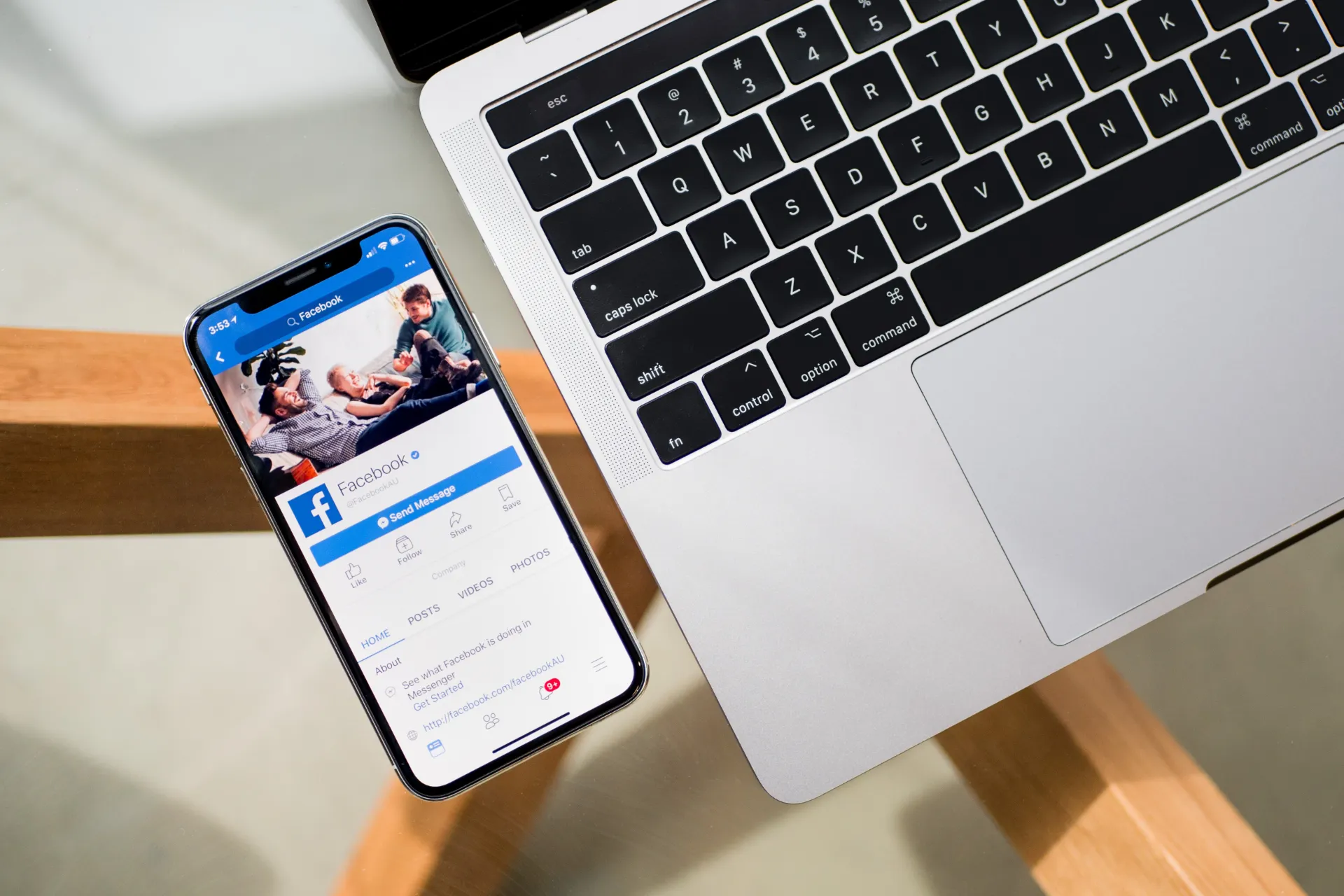A website without proper on-page search engine optimisation (SEO) will fail to reach any target audience, get hits, clicks, generate leads, or convert them. It will dwindle into the forgotten third, fourth, or hundredth page of the search engine results. With quality on-page SEO, your site has a fighting chance to rank high and help you reach the goals appropriate to its purpose.
More newsletter signups? More customers and clients? Since no one will even see your webpages without SEO in place, learning the latest and best techniques is vital to any type of success. Before you read any of the specifics, remember that many of the things that make search engines happy also make site visitors happy. Build for humans before bots, but throw in a healthy boost of bot love too.
Make it easy for search engine bots to crawl your pages
Before you even start worrying about writing page content or placing social media buttons, you need to construct a website with squeaky clean code, fast load times, 100% responsive layout design, and optimised everything.
Clean Code
Site development and design must use the latest versions of whatever code or CMS you choose. Do not let any errors or convoluted HTML or CSS get in the way of the search engine spiders.
Fast Load Times
People click away if they do not get what they want right away. High bounce rates lead to lower rankings in the search engines. Google simply will not think your site pages are worth it if everyone leaves. Optimising code, condensing images, and using a speedier hosting account can help.
Responsive Sites
If your website looks horrible or cannot be accessed on a smartphone or other mobile device, you are shooting yourself in the foot when it comes to achieving any type of success online these days. More people access the internet on the go than sitting at a desk. If you ignore this, the results from your on-page SEO will suffer.
Target the strongest keywords the right way
Anyone who has been around internet marketing for a while remembers the days of keyword stuffing, meeting percentages, and a focus on search engines directly instead of on the people you want enjoying your site. Keywords are still the things people use to search for content online, and they are still essential for a properly-optimised website. However, their implementation is quite different.
First, pick the right keywords. High traffic, low competition keyword phrases work best. Consider topical keywords (trucks), descriptive ones (top ten), and location-specific keywords as well (in Leeds). What you do with them is even more important. For best on-page SEO results, include your target keyword in the following places:
- Site title
- Meta tags and description
- Header tags
- Content
- Graphic tags and alt text
- Internal links
Not only should your keyword phrases be used expeditiously throughout your pages, paying attention to associated terms and phrases helps. This is called latent semantic indexing (LSI) and proves to the search engines that your pages are actually focused on a topic and provide quality content about it.
Provide unique and valuable content
The main reason people go to any website is to find content that suits their needs. This boosts user satisfaction, stickiness, and increases the chance of repeat visits. It also boosts on-page SEO.
Since optimising a site for higher search engine rankings combines what is actually on the pages and posts with how users experience and react to it, your efforts should focus on making your content informative and entertaining if possible. You may have excellent keyword placement but your efforts will fall short if the person actually reading your post finds it a waste of their time.
If you want to rank higher than your competitors, do not only provide the same content they do. Be unique, go the extra distance, and get more creative. Add audio, images, and especially video. All of these elements provide the opportunity for key worded tags and headings. They also make people want to share your content and come back to see what you post next.
The length of each page matters too. Google tends to rank longer posts higher in the SERPs. Aim for 1200 words or more.
Create a user-friendly and shareable experience
On-page SEO is all about attracting attention, keeping it, and encouraging site visitors to pass what they like on to others in their social or professional circles. Long, interesting content is a must. Making it simple to see, read, watch, and navigate is just as important. First, eliminate errors, excessive redirects, and broken links.
User-friendly websites encourage longer stay times and more shares on social media or through other methods. How do you make sure your website is comfortable for visitors to use?
Layout or Template Design
If the website does not look good, no one will stay, no one will share, and the search engines will not consider it high quality. Whether you use a designer or go with a pre-made template, focus on organised pages with plenty of white space.
Scannable Content Blocks
When people want to find the answer to their question or solution to their problem, they scan for any content that pertains to their needs. Headings, sub-headings, graphics, and content blocks make everything more user-friendly.
Internal Linking
Have you ever read an article online and then clicked through to another page, then another, and kept going down the virtual rabbit hole until you realize you spent an hour learning about something entirely new? That is the power of an effective internal linking strategy. Not only do people love following links to new content, search engines love them too.
Mobile Responsive Design
As mentioned above, responsive sites are necessary for attracting site traffic today, and this need will only increase in the future. If you make it difficult or uncomfortable for people on mobile devices and phones, you lose a huge chunk of your potential audience. Also, Google looks at the mobile version of your website for many ranking factors first.
Social Media and Sharing Integration
Various social media sites like Facebook, Twitter, and Instagram represent the most common way people share information with friends, family members, professional contacts, and mere acquaintances on the internet today. Facilitate this powerful organic marketing method by adding obvious but unobtrusive “Share” buttons or links on every page and post of your website. This simple change boosts the possibility of higher search engine results quite a bit in comparison to the effort involved.
Apply SEO Cohesively
The most successful websites begin with on-page search engine optimisation in place from the start. While SEO is not a static thing, the fundamentals of quality site development, design, and content creation and sharing are evergreen methods for grabbing those higher search engine rankings. In order to rank high and stay there, every aspect of on-page SEO must meld into a cohesive plan. Once your website has the best practices in place, turn to off-page optimisation methods to reap even greater benefits.



